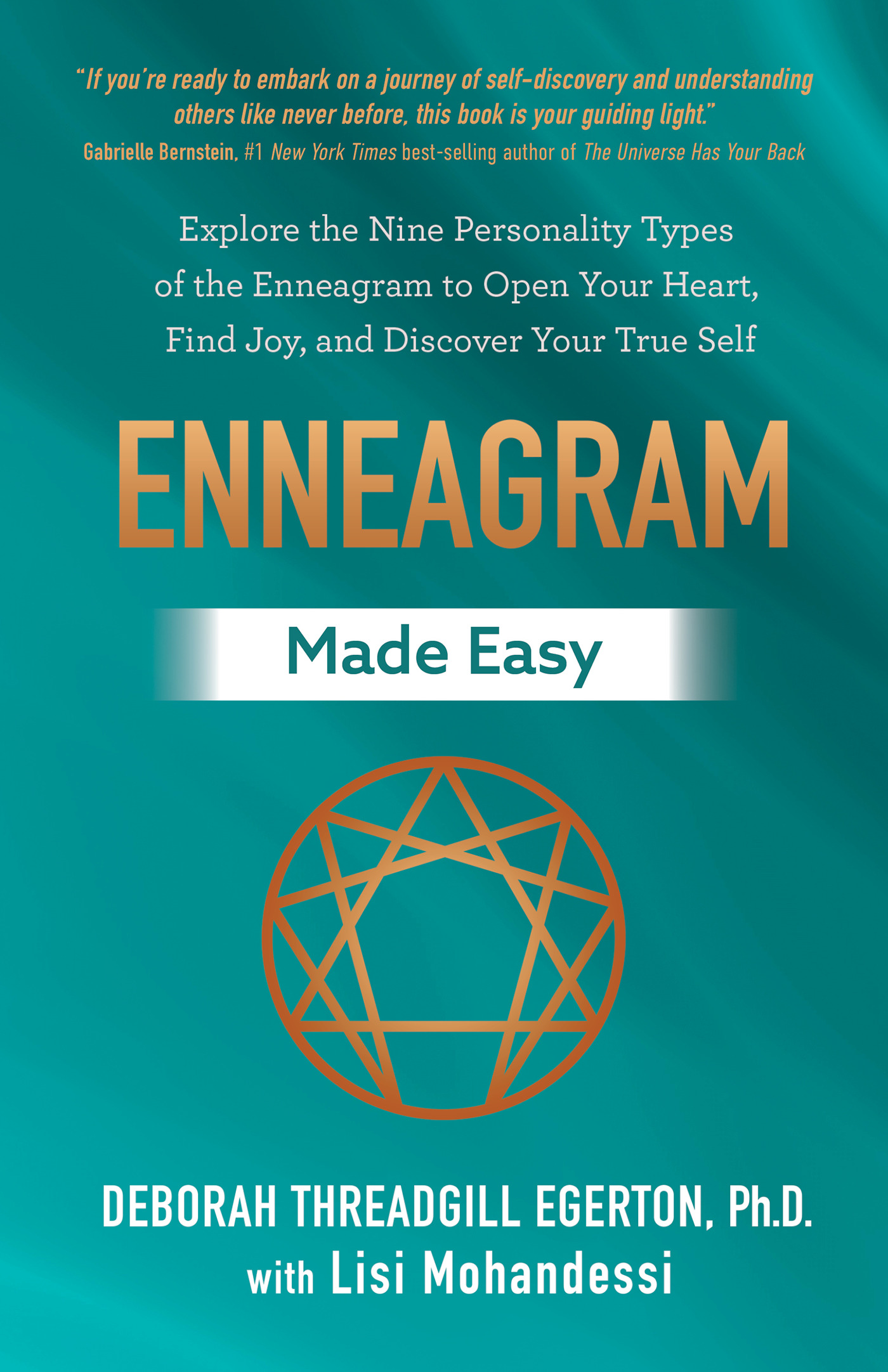The Elements of the Enneagram


Centers of Intelligence
The Enneagram is explored through three centers: Body, Heart, and Head. Sometimes these centers, or triads, are called Body/Instinctive, Heart/Feeling, and Head/Thinking. Each center has a connection to particular emotions: The Body is connected to anger and rage, the Heart to shame and guilt, and the Head to fear and anxiety. Points Eight, Nine, and One reside within the Body Center. Points Two, Three, and Four reside within the Heart Center. And finally, Points Five, Six, and Seven reside within the Head Center. If you are still in the early stages of your Enneagram journey and are trying to determine your type or point, exploring the centers may help you find where you land on the Enneagram map. The energy of each of these centers is palpable. With time and intentional inner work, you can discern when your centers are not in alignment. It is important to remember that we are composed of all three centers and can access our Body, Heart, and Head Centers at any given moment.

Basic Fear
Each point has a basic fear: how we rationalize what we do and feel, and how we navigate obstacles throughout our lives. In some cases, the basic fear directly opposes our basic desire; for some people, it is how we avoid showing up authentically as our true selves. While we all have universal fears, there are specific fears that create patterns of behavior associated with each point. For example, the basic fear of a person standing at Point Seven can manifest as being trapped in relationships that feel suffocating or in painfully adverse circumstances. Being overwhelmed ultimately leads to restlessness and a strong, at times uncontrollable, urge to move toward something or someone more desirable. When repeated over time, this behavior pattern is the opposite of the desired effect. Later in the book, when we describe the basic fears for each point, note what comes up for you. If you strongly respond to a specific basic fear, it might be worth exploring regardless of where you fall on the Enneagram map.
Basic Desire
Many people who challenge this particular aspect of the Enneagram argue that “we all want to be happy” or “we all want to be loved.” While this may be true, the desire to be loved or happy has conditions for each of us. For example, as a human who stands at Point One, my basic desire is to be good and to do the right thing. Being happy and being loved comes with the conditions of being good and doing the right thing. We will look at this more throughout the book, but the main takeaway is to avoid trying to box yourself in or get caught up in trying to resist exploring your personality at a deeper level. Determining your basic desire is critical in finding your dominant energy on the Enneagram map. Reflecting on your life as you have experienced it thus far, you can begin to look at some of the moments that you found to be memorable. Explore the emotions that you experienced and what was happening to you at a deeper level. You may be able to surface some new patterns, answers, or unhealed wounds to address.
Core Motivation
When the basic desire and the basic fear come together, assisted by the energy of the core wound in the background of our functionality, we experience the complexity of the core motivation. The core motivation constantly challenges us to get what we most desire at any given moment while avoiding what we fear will cause our demise. Unrevealed or dismissed core wounds also skew our behavioral patterns. The core motivation is your internal drive, the reason you wake up in the morning, how you navigate life, and that thing that gets you going or paralyzes you. Think of the core motivation as why you do what you do. It is the factor that drives most of your decisions, consciously or subconsciously, and it is how your personality navigates life. For example, at Point Four, there is a desire to be authentic and unique without falling into the ordinary or trendy. A melancholy comes from the core wound of feeling out of place or not belonging. The core motivation is often referred to as simply the basic desire; however, as it is usually compensation for the core fear, these two are the essential elements that drive your engine with your core wounds, adding additional fuel to the journey.
Excerpted from The Enneagram Made Easy by Dr. Deborah Threadgill Egerton published by Hay House, Inc. Copyright © 2024 by Dr. Deborah Threadgill Egerton. Used with Publisher’s Permission.
To learn more about Dr. Egerton’s other books, including her upcoming “Inner Work Journal Series,” please visit her site: Deborah Egerton and follow her on Instagram.
